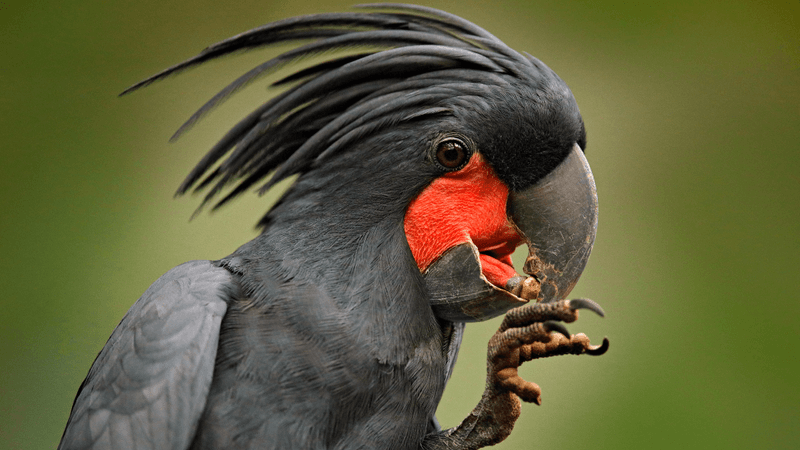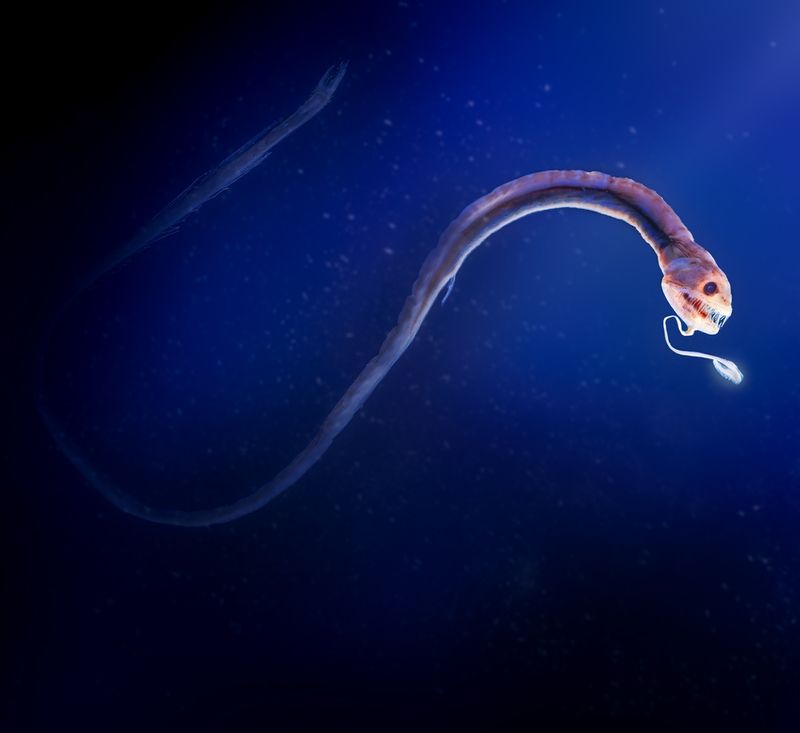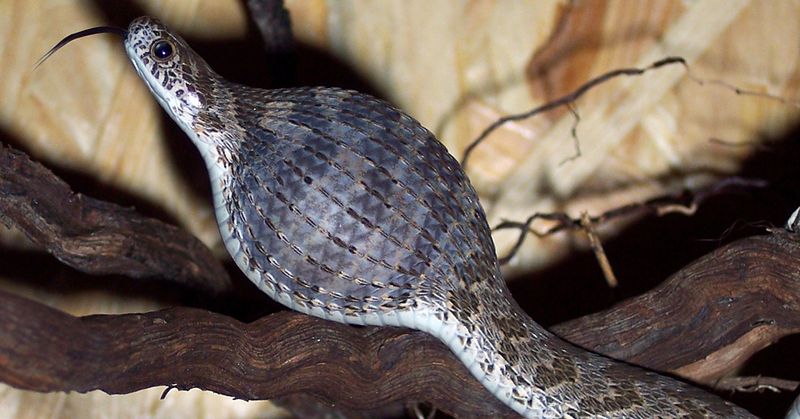Drumming parrots with rock n’ roll crests will drum with sticks to win over potential mates. They’re the only group of parrots we’ve observed using tools regularly in the wild, and new research has uncovered the remarkable diversity of their drumstick designs.
Parrots are considered to be one of the most intelligent birds on the planet, contending even with the freakishly expansive cognitive skills of corvids, like crows. Considering captive parrots have proven to be capable of playing golf, video calling other parrots, and helping each other out, their intelligence is plain to see, and yet we’ve not seen much in the way of tool use among their wild relatives.
Enter the palm cockatoo, Probosciger aterrimus. The male of the species exhibits a unique form of tool use for birds, as rather than crafting bits of kit to improve their foraging skills, they create drumsticks to enhance the appeal of their displays when trying to win over a mate. Well, that, and dueling with other males for territory.
A new study focused on the way male palm cockatoos in northern Australia create tools for displaying and found they do so in two ways; some use sticks to tap against trees, while others use seed pods. Researchers gathered 256 sound tools retrieved from 70 palm cockatoo display trees to get a better idea of how they make these drumsticks and discovered a surprising degree of diversity among the designs.
Of the 256 sound tools they found, 89 percent were of the stick-cum-drumstick variety, and most males only made this design, though there were some making both stick and seed pod sound tools. There was also a significant difference between the drumsticks being crafted by individual males, varying in their length, width, and mass.
We know parrots can copy other parrots – especially when it comes to swearing – but neighboring males didn’t appear to be copying the designs of other males. Instead, their unique drumstick designs may be an example of individualism to match the unique drumming skills males were found to have in an earlier study from the same research team.
“Our previous analysis showed that male palm cockatoos drum rhythmically with their drumsticks or seed pod tools, and have a high degree of individuality in their drumming sequences such that each has its own distinct drumming signature,” explained the authors. “The results presented here demonstrate further individuality in the drumming display.”
“Alongside some individuals favouring one type of tool, our analysis showed individual consistency (high fidelity) in drumstick design. The individual preferences in length, chord, width, and mass of drumsticks suggests that individuals develop their own template for the design of their tools. There was no indication that the availability of stick sizes differed between males and video evidence showed they almost always had the option of making their sticks larger.”
Male cockatoos don’t only flirt using their own rhythm, but it seems they also jam out using their own drumsticks. If ever there was a reminder to move to the beat of your own drum, eh?
The study is published in Proceedings Of The Royal Society B.




